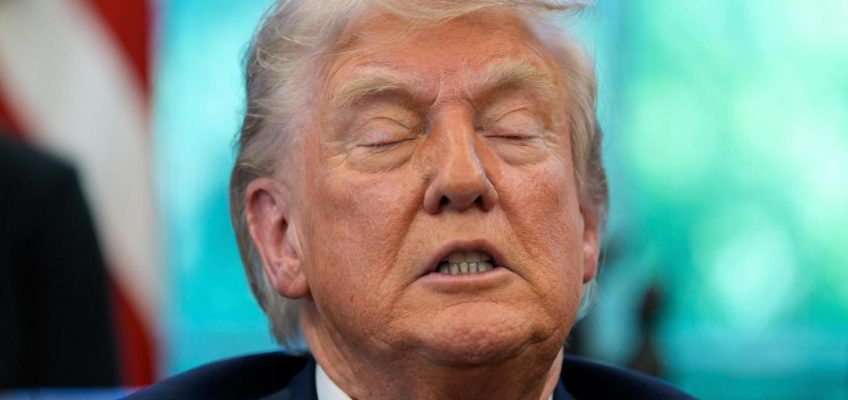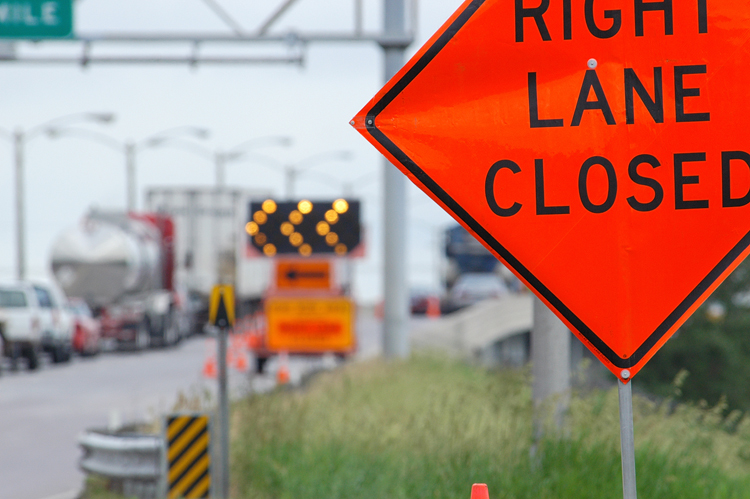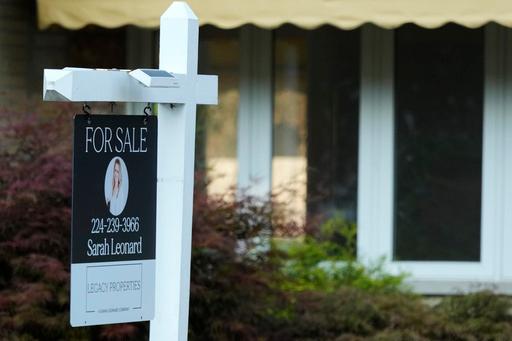By MIKE CATALINI
A man set a bonfire using wooden pallets in New Jersey’s Pine Barrens and left them without fully extinguishing the blaze, sparking a quick-moving wildfire with smoke affecting air quality in the New York City area, authorities said Thursday.
Authorities arrested the 19-year-old from Waretown, New Jersey, and charged him with arson and aggravated arson in the fire that’s still burning in southern New Jersey that they described as started with “an improperly extinguished bonfire.”
Prosecutors said there’s no attorney listed for him.
It’s peak forest fire season in the vast pine wilderness that covers more than 1 million acres (405,000 hectares) — an area roughly as large as the Grand Canyon — and firefighters are contending with low humidity and the aftermath of a monthslong drought in the region.
Though large tracts of the Pine Barrens are uninhabited, New Jersey is the nation’s most densely populated state and officials have warned the fire could threaten developments nearby. The fire had grown to more than 23 square miles (60 square kilometers) on Thursday, approaching what officials believe to have been the largest wildfire in the state in the last two decades.
Authorities had said there were no injuries or deaths in the fire, but a commercial building and some vehicles had been destroyed. About 5,000 people had been evacuated but were permitted to return home on Wednesday, officials said.
“This is still a very active fire,” LaTourette said Wednesday. “As we continue to get this under full control the expectation is that the number of acres will grow and will grow in a place that is unpopulated.”
An update is planned for later Thursday.
The effects of the fire are beginning to be seen beyond the state.
Higher-than-normal pollution levels were expected Thursday in New York City, Rockland and Westchester counties, and in Long Island’s Nassau and Suffolk counties, the New York State Department of Environmental Conservation advised Wednesday. The fire is roughly 54 miles (87 kilometers) south of New York City.
It said “going indoors may reduce exposure” to problems such as eye, nose and throat irritation, coughing, sneezing and shortness of breath.
The Ocean County Sheriff’s Office in New Jersey also cautioned early Thursday about air quality, saying “smoke will continue to permeate the area.” It said emergency personnel will be on site for the next few days.
In New York, dry conditions across the state are resulting in a “high” fire danger rating in several regions including New York City, Long Island, the Hudson Valley, Capital Region, and portions of the North Country, the state air quality advisory said. The rest of the state is at a moderate or low level of fire danger.
Officials said the fire is believed to be the second-worst in the last two decades, smaller only than a 2007 blaze that burned 26 square miles (67 square kilometers).
Acting New Jersey Gov. Tahesha Way declared a state of emergency Wednesday and officials said they’ve contained about 50% of the wildfire. Gov. Phil Murphy, a Democrat, is on an official visit in Poland for a Holocaust memorial. He’s due to fly back home on Friday.
Video released by the state agency overseeing the fire service showed billowing white and black clouds of smoke, intense flames engulfing pines and firefighters dousing a charred structure.
The Pine Barrens sit between Philadelphia to the west and the Atlantic coast to the east. The region, with its quick-draining sandy soil, is in peak forest fire season. The trees are still developing leaves, humidity remains low and winds can kick up, drying out the forest floor.
The area had been under a severe drought until recently.
Bruce Shipkowski in Chatsworth, New Jersey; Hallie Golden in Seattle and Kathy McCormack in Concord, New Hampshire, contributed to this report.




